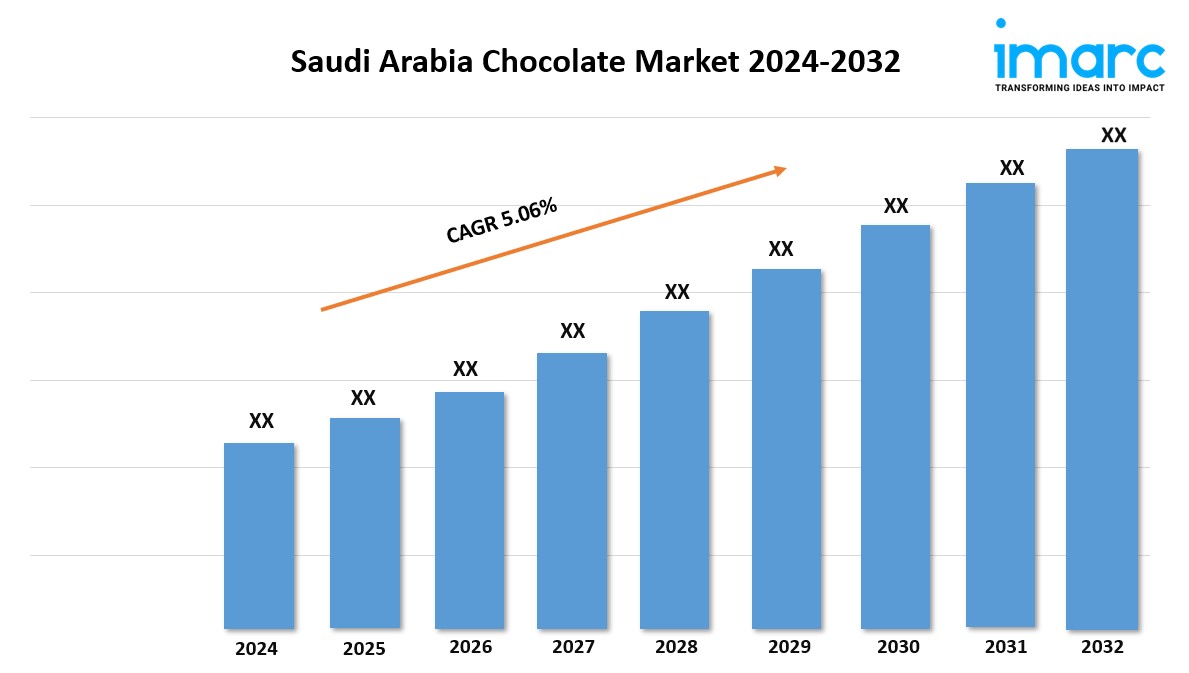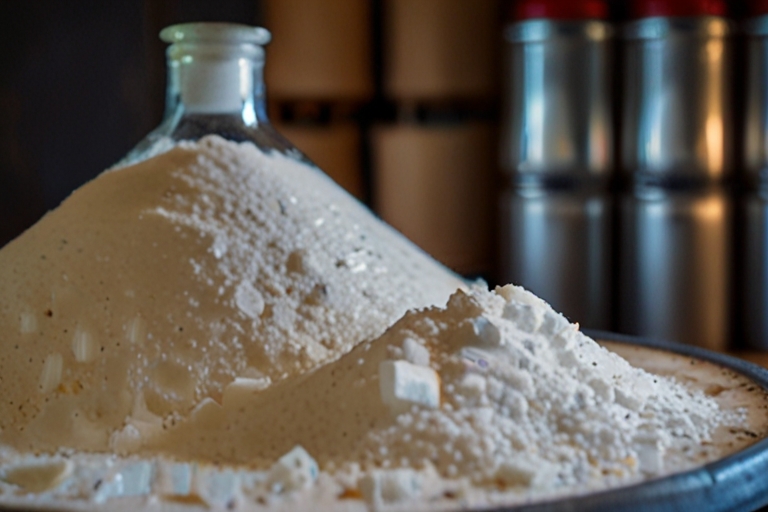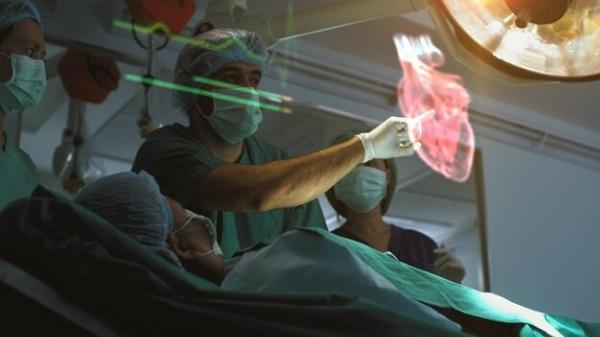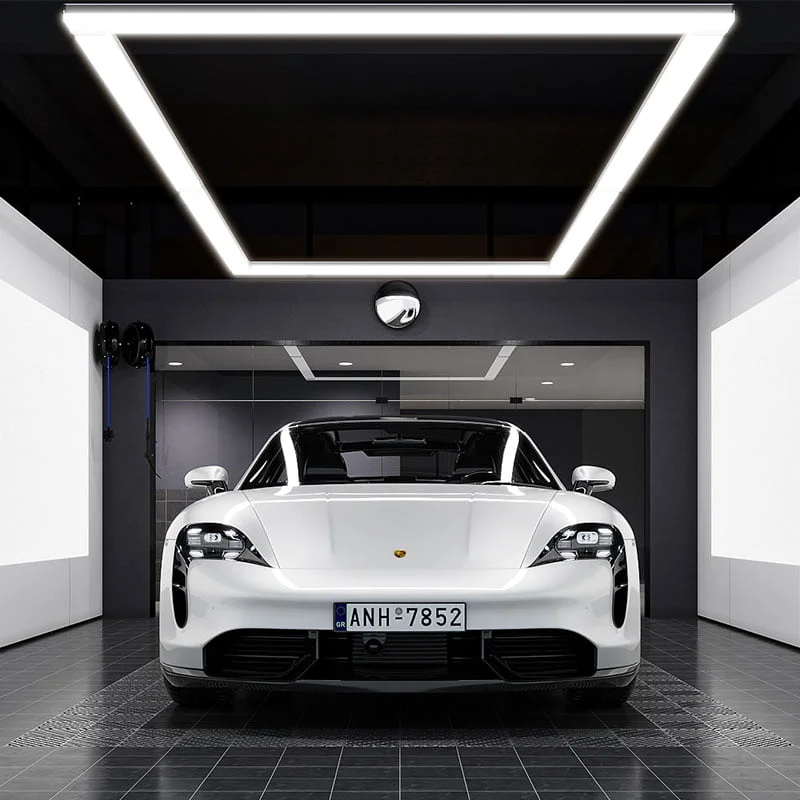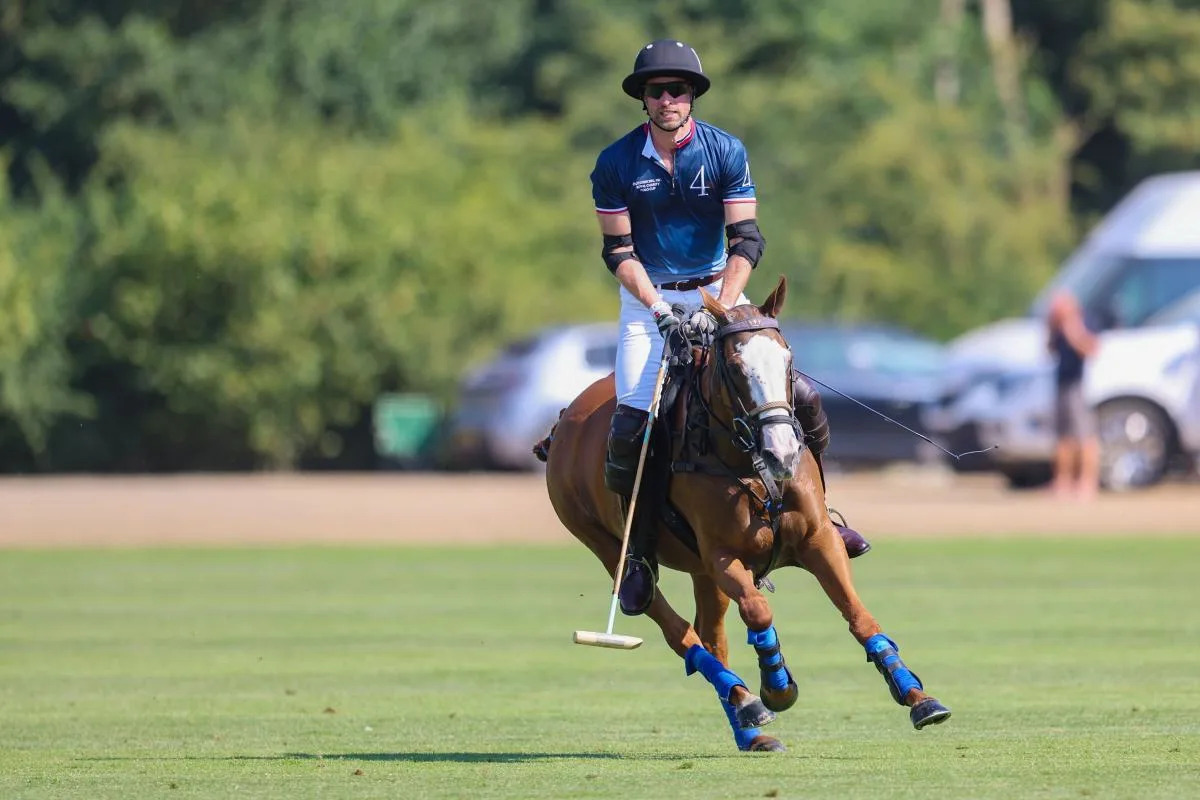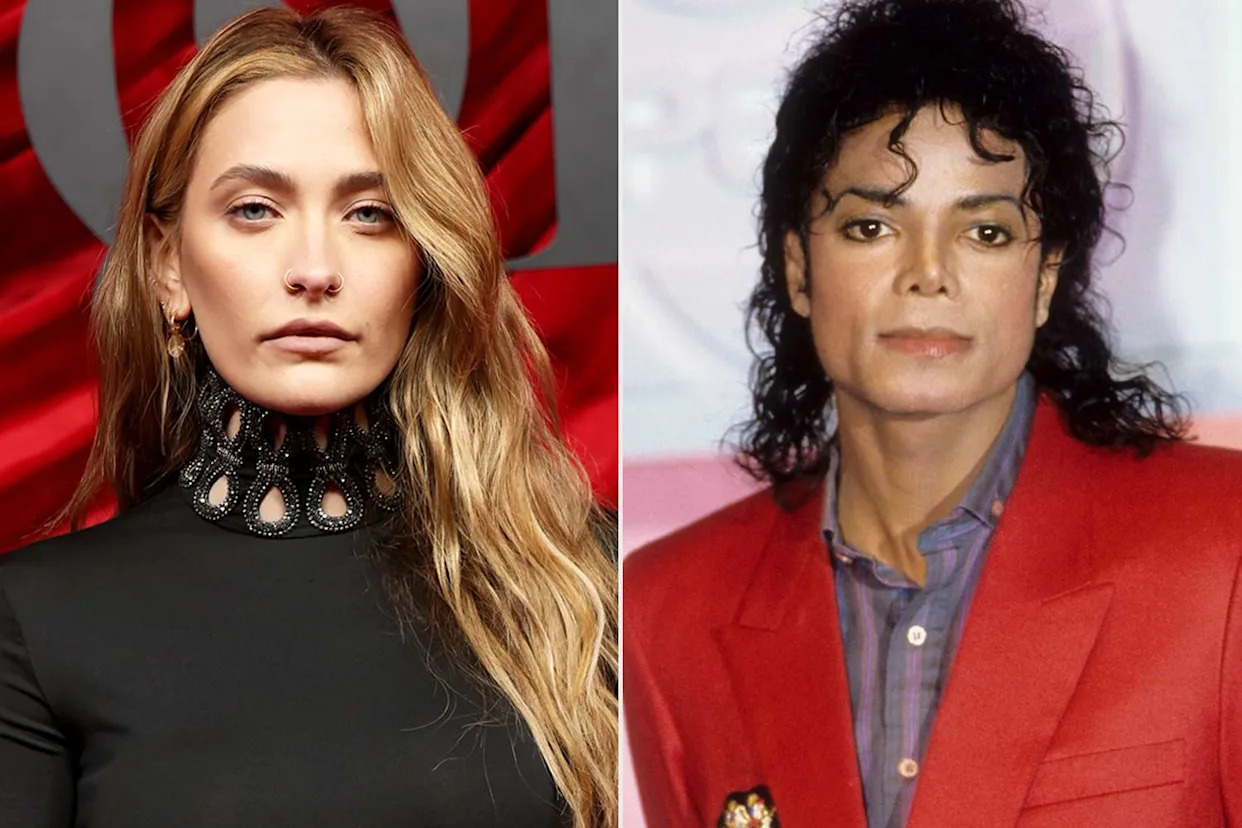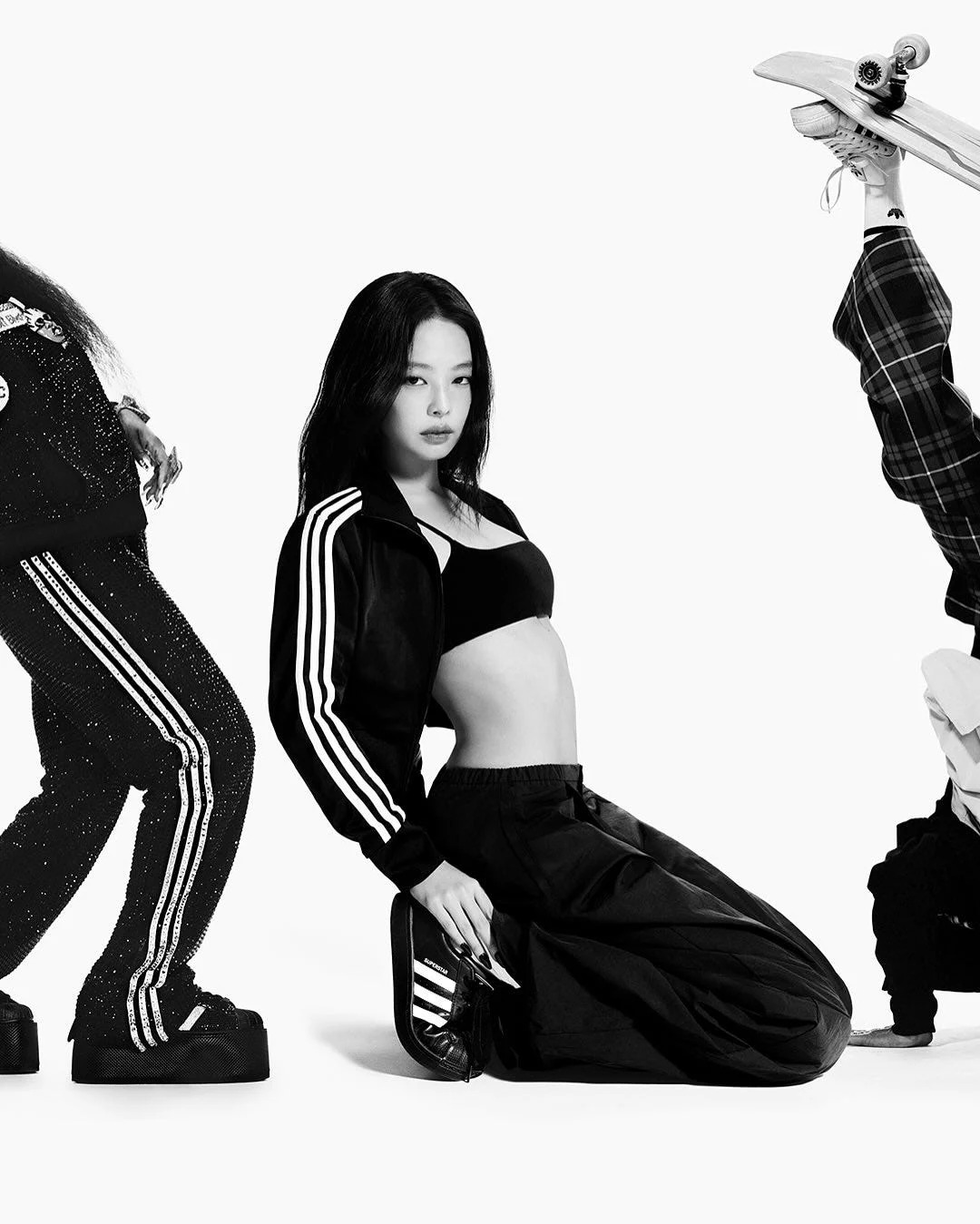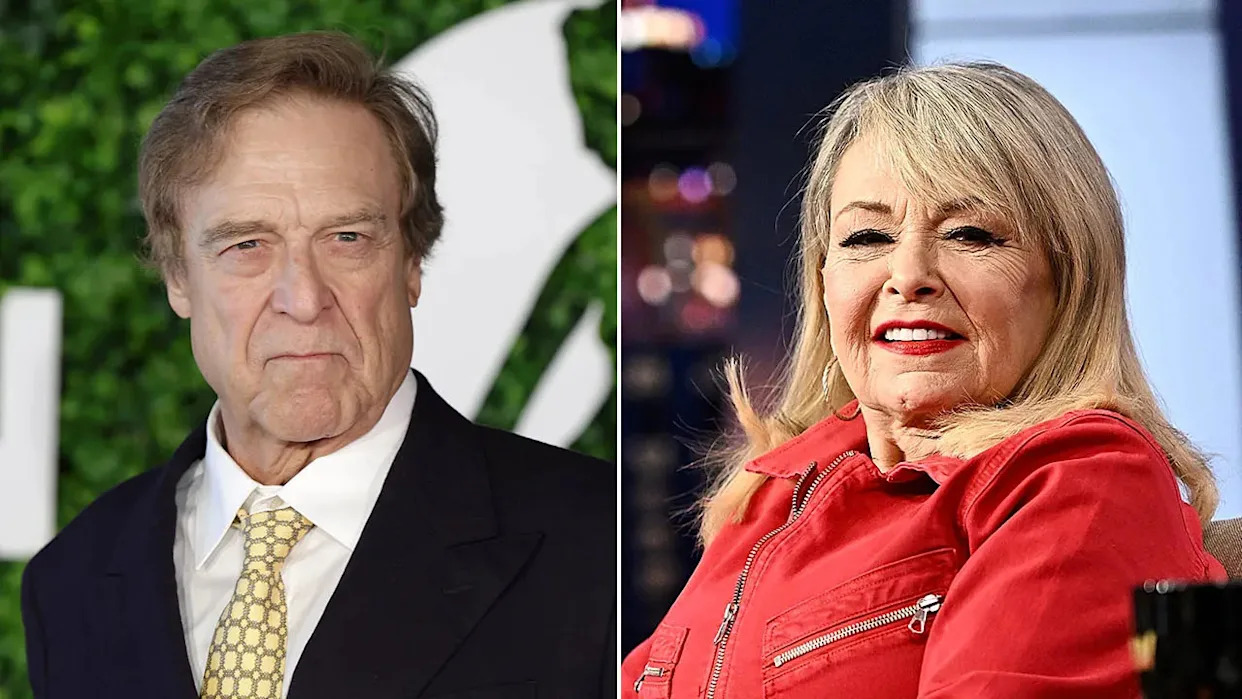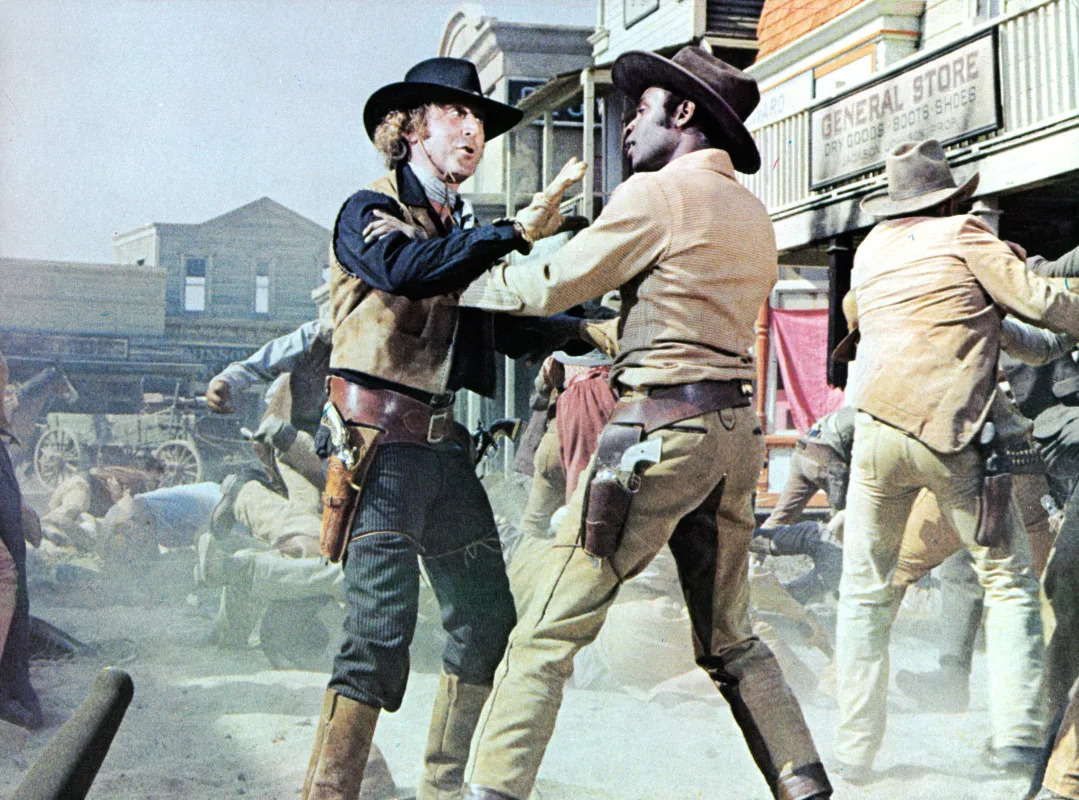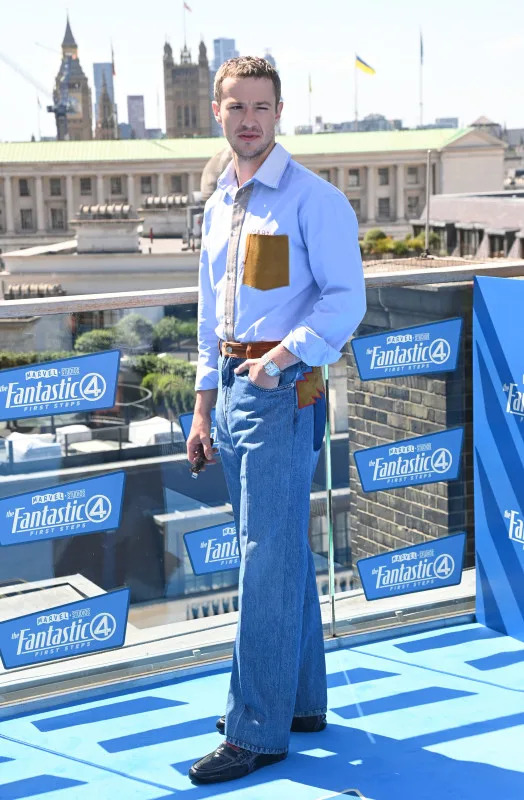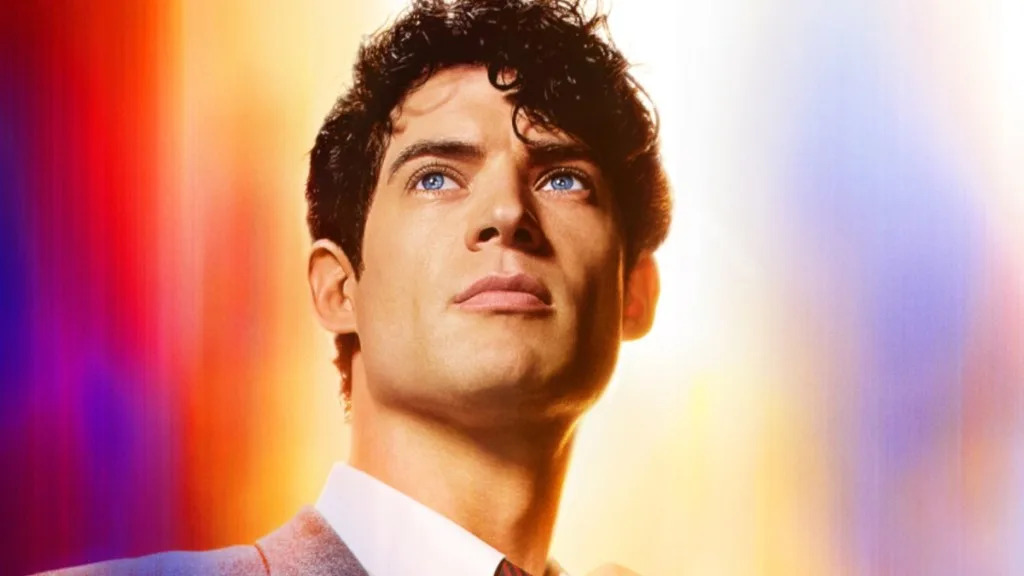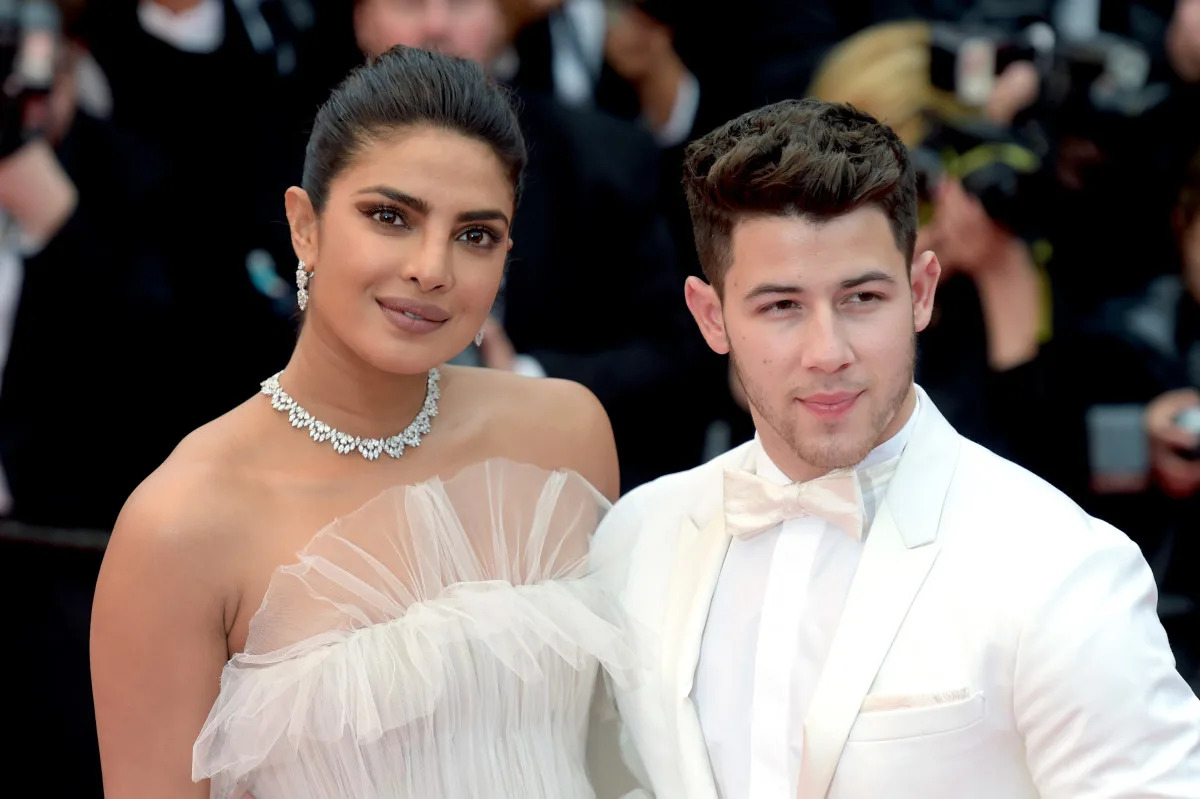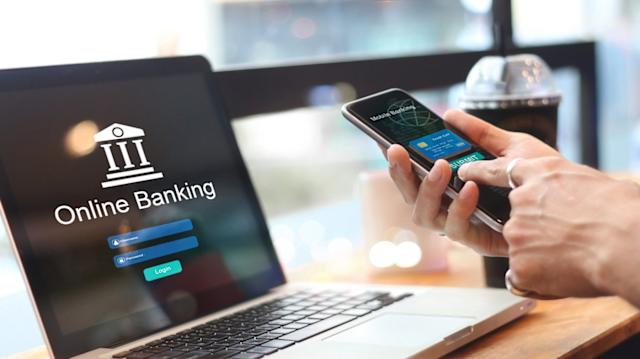Bad Bunny Is Kicking Off a Historic Residency in Puerto Rico. Is the Island Ready?
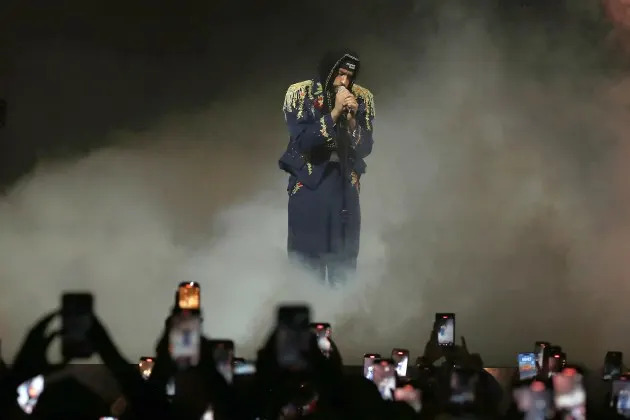
 Bad Bunny performs during his Most Wanted Tour at Coliseo de Puerto Rico José Miguel Agrelot on June 7, 2024 in San Juan, Puerto Rico. - Credit: Gladys Vega/Getty Images
Bad Bunny performs during his Most Wanted Tour at Coliseo de Puerto Rico José Miguel Agrelot on June 7, 2024 in San Juan, Puerto Rico. - Credit: Gladys Vega/Getty ImagesBad Bunny made a statement when he decided to host a three-month residency at José Miguel Agrelot Coliseum, right in the heart of his homeland’s capital of San Juan. Starting this weekend, and for the next ten weeks, the global superstar will celebrate his most recent album, DeBÍ TiRAR MáS FOToS, with a series of shows, all under the residency name “No me quiero ir de aquí.” The name translates to “I don’t want to leave here,” a nod to one of the most famous lines in his 2022 hit “El Apagón” and a political declaration about the displacement many Puerto Ricans are feeling the past few years. Celebrating Puerto Rico — its culture, its people, its spirit, its nature — is the album’s strongest theme and one that seems to be the backbone of every creative decision he’s been making since its release.
From the beginning, Bad Bunny and Rimas have worked with Puerto Rico’s tourism board to give the island a boost, but other establishments have also jumped onboard, too. Bad Bunny decided not to tour the U.S. in support of the album, instead encouraging his fans to flock to the archipelago in order to experience his show live. Quickly, people obliged: Scarlett Macías, an attorney for the city of New York who is of Cuban and Ecuadorian descent, expressed that the album “is very clearly a love letter to Puerto Rico and when I saw that [he] was doing a residency I thought it would be incredible to see him perform this album in the place that he loves so much.”
More from Rolling Stone
Bad Bunny Uses a Recording Mimicking Trump's Voice to Deliver a Pro-Immigrant Message in 'Nuevayol' Video
Bad Bunny on Puerto Rico: 'It's Not Always Paradise, But ... I Don't Want to Leave'
Bad Bunny Slams 'Sons of Bitches' ICE Officers in Puerto Rico
AdvertisementAdvertisement#«R26e4kr8lb2m7nfddbH1» iframe AdvertisementAdvertisement#«R46e4kr8lb2m7nfddbH1» iframeHotels across the metro area, which includes San Juan and neighboring cities, are fully booked through September. The capital itself has announced numerous events with recreational activities open for visitors (and his hometown of Vega Baja is even offering tours of his childhood haunts), but most eyes are on the local scene itself. Puerto Rico will become the epicenter of Latin music for 90 days. What’s the vibe on the ground?
At El Boricua, the near-legendary venue in the Río Piedras neighborhood of San Juan, just blocks away from Puerto Rico’s largest college campus (and the site of Benito’s first post-album release block party), owner Omar Cruz is no stranger to showcasing local talent. The venue offers weekly nights of salsa, jazz, folk music, and more. The space has always been popular, but it’s had a boost since January. “Ever since the album came out we’ve felt a full reevaluation of our culture and identity, which has led to more events that highlight our roots,” he says.
Capitalizing on that energy, he sprung into action. “With the help of the city of San Juan we’ll be setting up a walkway where we’ll be featuring numerous artists from the beginning of the residency until its end. This isn’t limited to just the concert weekends, but for all [ten weeks.]” It’s not an easy task for them or any venue, but Cruz is prepared for the challenge. “We have to consider that this is the first time that an event of this magnitude has taken place in Puerto Rico,” he says.
Raiven Avilés, the proprietor of popular cocktail bar Barra Negra in Santurce, has noticed the atmosphere has shifted in the lead-up. “There’s been more [walk-ins], and the mood has been more positive. [clients] wanna consume more, they wanna have a good time, they’re asking about events that are going to be happening during the residency,” he says. He insists the mood has extended to other locales in the area as well: “I’ve spoken with other business owners and they want to do events that are more in line with the theme of his album.”
AdvertisementAdvertisement#«R2ce4kr8lb2m7nfddbH1» iframe AdvertisementAdvertisement#«R4ce4kr8lb2m7nfddbH1» iframeStill, there’s some unspoken pressure that the attention has introduced. “I really believe this [residency] is going to bring opportunities to every venue in the area, for growth and reaching new people, so we have to take advantage of that,” says Avilés. “We have to stay active, doing events, staying relevant, and keeping the area relevant.”
Opening Minds
Others are curating spaces that are culturally affirming and educational. Mikey Cordero, who was born and raised in Brooklyn but moved to Puerto Rico in 2019, co-founded Defend Puerto Rico while still living in New York. It’s a media collective that, in his words, “documents Puerto Rican resistance, creativity and survival across the archipelago and the diaspora.” Drawing from his own story and others, he’s established La Sala Libre, or The Open Living Room.
“The sala is where everything happened growing up. Celebration, chisme, healing, planning, organizing,” he says. “So I thought it would be dope to reimagine it as a liberated space for DJs, poets, conversations, teachings, storytelling and for community.” Sala Libre will be open to the public every weekend from August through September at Casa Saffra, an Afro-Puerto Rican family-owned creative guesthouse and cultural space. “We’re programming DJ open decks for local and diaspora selectors to throw down. Sala chats on displacement, queer futures, afro-boricua identity and more,” he says, adding there will also be food and local vendors.
AdvertisementAdvertisement#«R2he4kr8lb2m7nfddbH1» iframe AdvertisementAdvertisement#«R4he4kr8lb2m7nfddbH1» iframe“I hope people take away that this is not just a place to visit. This is your home also, especially for the boricua diaspora,” he says. “I want diaspora folks to walk away feeling more rooted, more informed, and more connected; that they see Puerto Rico not just as a vacation spot, but as a living breeding place full of moments, memory, and resistance.”
Alongside a handful of independently managed spaces like these are also more commercial events officially curated by the city, inspired by DeBÍ TiRAR MáS FOToS. But whether this is the best way to take proper advantage of the moment is still a debate. Federico Fernández, an event promoter and curator who cut his teeth in Miami before moving back to Puerto Rico and starting the “Isla del Terror” party series, worries people are taking the wrong message from the album and residency.
“Live music has always had an important role in the Puerto Rican music scene,” he says. “People like to see people play music, be it bomba, salsa, reggaetón, rock, electronic music. [We’re] just really into seeing somebody perform.” His concern is that bigger events targeted at tourists could betray the idea behind Benito’s album, or that they might hurt or hamper the local culture that the superstar hopes to highlight.
A new ordinance enacted in late-2023 by San Juan’s mayor declared that the vast majority of venues in the city must stop selling alcoholic beverages at 2 a.m. — effectively forcing them to close at that time. It struck a blow to one of the hottest nightlife scenes in the Caribbean. As Fernández tells it, efforts to work through it ended up coming up short. “The people, these promoters and organizers, they’re realizing that they’re in [denial] that everything sucked and the whole situation sucked, the curfew sucked and there’s nothing fun to do anymore. And they’re actively trying to change that, [and] I think the effort definitely this year is ‘experiences’.”
AdvertisementAdvertisement#«R2ne4kr8lb2m7nfddbH1» iframe AdvertisementAdvertisement#«R4ne4kr8lb2m7nfddbH1» iframeBut the emphasis on the bigger brand-friendly experiences, which benefit from larger budgets, dwarf some of the more authentic experiences that Benito has shared with fans. He’s made it a point to highlight things like playing dominoes with locals on a random street corner, unannounced and chill. Even the album’s now-iconic cover art featuring Monobloc chairs on a simple field where two people can just shoot the shit with a beer while listening to Ismael Rivera or DJ Blass classics (depending on their mood.)
It’s a sentiment shared by “holistic curator” Miosoti Alvarado-Burgos, founder of the cultural event aggregator ¡DimeloMio! which emphasizes local live music, galleries, workshops, and more outside of the tourist zones. “There has been a movement to make more experiences and live music events celebrating our culture, but I’ve seen it move very slowly,” she says, offering that she feels the residency’s announcement and implications took many by surprise. “It’s not enough; the events that are going to be happening are too generic. For example, most are just emphasizing salsa, bomba, and plena but without truly studying what else they can offer to surprise people.” She thinks the events could also highlight newer talents within those genres.
“It’s been complicated because we offer more, because we know what’s up, and it’s hard for people here to believe that [visitors] would be genuinely interested in the music made here. We can offer such good rock, rap, hip-hop, electronic music, obviously good salsa, plena, also metal and punk,” she continues.
That points to what is ultimately Fernández’s advice to those who visit Puerto Rico from now until September (or beyond): “It might be a better idea to just go and do your own thing, because you can go to a rave and you can see this and you can see that, but most of the cool stuff is super underground,” he says.
AdvertisementAdvertisement#«R2te4kr8lb2m7nfddbH1» iframe AdvertisementAdvertisement#«R4te4kr8lb2m7nfddbH1» iframeWhile dozens of events have been earnestly curated to benefit visitors and local community, the signs exist that the tourism industrial complex might have hobbled their growth.
“If you’re trying to go out and do the Bad Bunny Experience™ it’s gonna hinder your trip,” says Fernández. “You don’t really understand the album if you’re just looking for the Bad Bunny Experience™ because Bad Bunny’s not selling you the Bad Bunny Experience™. He’s telling you his experience as an individual, and he’s trying his best to do it in the most authentic way possible. It makes way more sense to be hanging out at these [other] places which have way more influence than for you to come from the outside and try to colonize the experience,“ even inadvertently. As he bluntly puts it: “I don’t even think Bad Bunny would want you to go to his official afterparties.”
Three months is a long time, and may be enough to course correct as the shows go on, especially as word of mouth begins to spread after the first few weekends. While hundreds will undoubtedly leave Puerto Rico with a newfound appreciation of the breadth of its music and footprint, people like Cordero want to make sure the success of the residency is sustainable for years to come. He says he’s thinking about the situation like this: “”How do we seize this moment for what’s really happening in Puerto Rico, for the cultural movements and the social justice movements? [How do we make sure] that people are not just coming for the concert and that’s it, but that there’s some type of education happening that highlights what’s going down locally and how to connect and plug into that?” For now, the opportunity is giving locals a lot to consider.
Best of Rolling Stone
Sly and the Family Stone: 20 Essential Songs
The 50 Greatest Eminem Songs
All 274 of Taylor Swift's Songs, Ranked
Sign up for RollingStone's Newsletter. For the latest news, follow us on Facebook, Twitter, and Instagram.


